Data Science
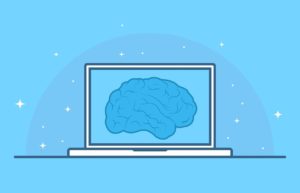
DataScience
Python
3 ways to do dimensionality reduction techniques in Scikit-learn
Dimensionality reduction techniques are used to extract informative features that could be used for later learning, etc. Tested PCA, MDS and t-SNE for the breast cancer dataset.
Read More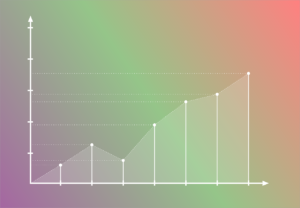
DataScience
Python
Statistics
Scikit-learn LinearRegression vs Numpy Polyfit
What are differences between linear regression and polynomial regression? We must know these techniques well but it is still vague somewhat.
Read More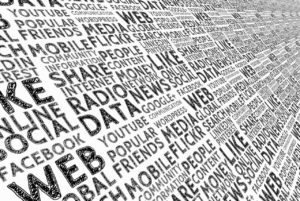
DataScience
Python
Statistics
What are standarization and normalization? Test with iris data set in Scikit-learn
Standarization and normalization are essential techniques to apply your data set before using classifiers in some cases. I tested both with iris data set.
Read More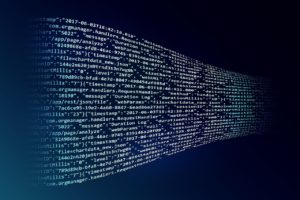
DataScience
Python
DiCE -ML models with counterfactual explanations for the sunk Titanic data-
This article is an overview why counterfactual explanations are required in recent ML projects and how to apply Microsoft research DiCE library for Titatic data set. There have been some foreseen and ongoing trends in AI/ML for 2020 such as AutoML, MLOps, AI ethic those are to democratize AI/ML in the industries more than ever. […]
Read More
DataScience
Python
How to draw support and resistence lines with DataFrame in Python
Support and resistence lines are referred to analyze chart patterns, and a direction of assets for traders. This is a guide to draw those lines in matplotlib.
Read More
DataScience
Python
Mastering DataFrame – how to aggregate OHLCV data in a different time period
OHLCV stands for Open, High, Low, Close and Volume (Volume is optional). It’s used for market data such as stock, forex, commodity and crypto and consists of a series of rows that represent 5 data points: the opening and closing price, the highest and lowest price during a certain period of time. Volume is the […]
Read More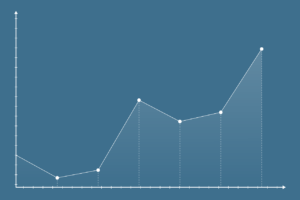
DataScience
Python
How to get a distribution of returns and draw a probability plot for the distribution in Python
It’s crucial to understand the distribution curve of data (asset returns) and if it conforms to the normal distribution. You can learn how to do this in Python.
Read More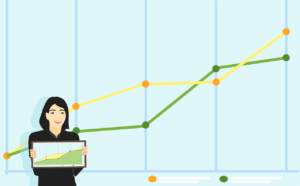
DataScience
How to calculate historical volatility and sharpe ratio in Python
To understand what historical volatility and sharpe ratio are in the markets. It is a how-to guide how to compute volatility and sharpe ratio in Python.
Read More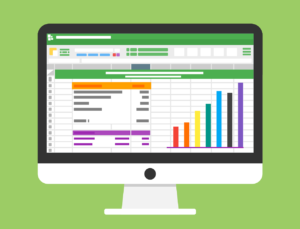
Crypto
DataScience
How to get cumulative return for your asset and portfolio in Python
To explain how to use cumprod in Pandas library to calculate cumulative portfolio return and single asset return in an efficient code with Python.
Read More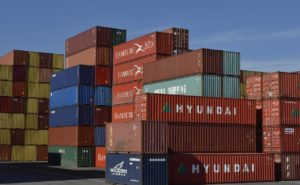
DataScience
How to build your own Data Science environment with Docker and Anaconda3
To introduce Anaconda distribution and the official Docker image. You’ll know how to customize the image in Dockerfile and spin up your own environment.
Read More